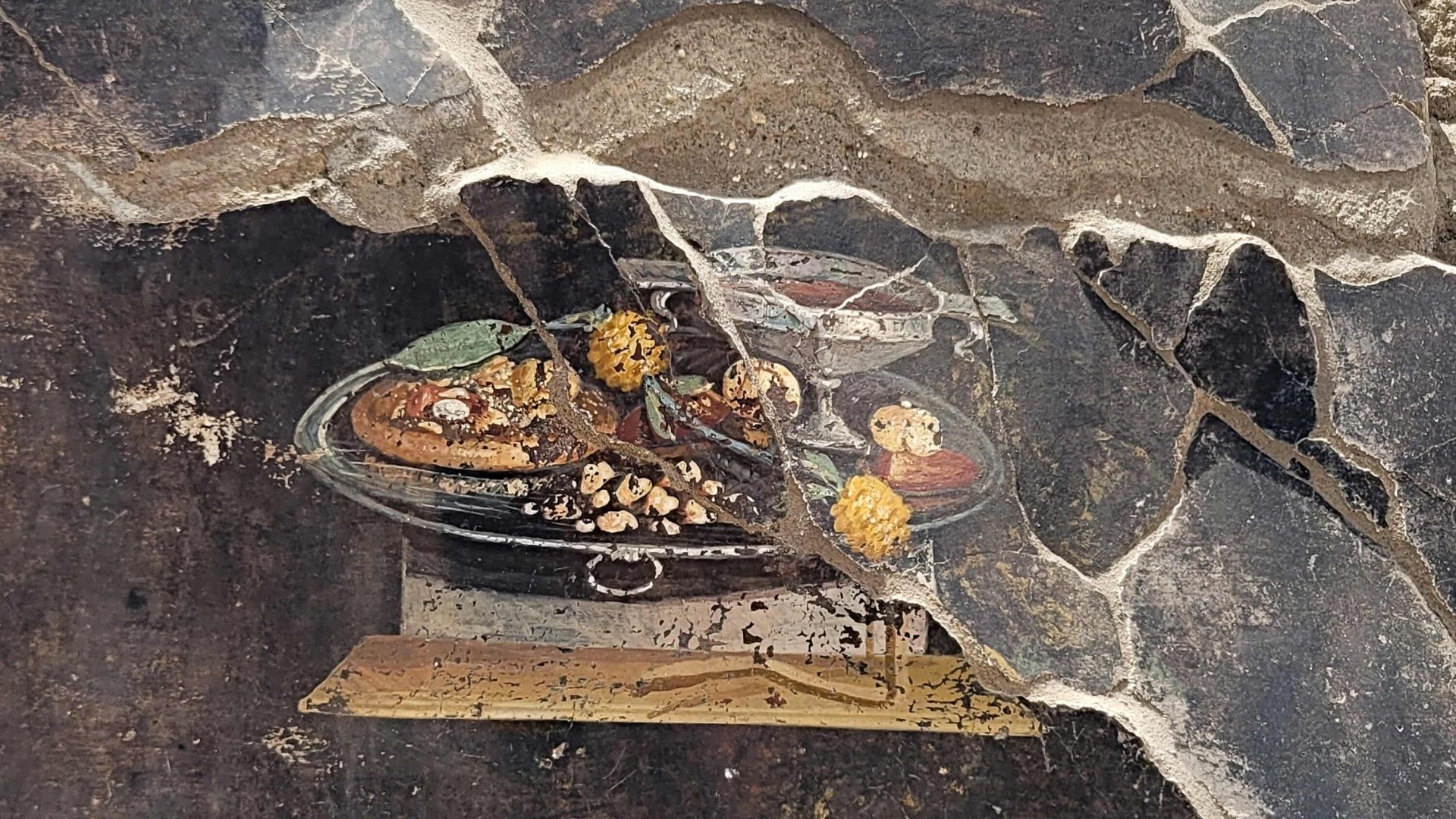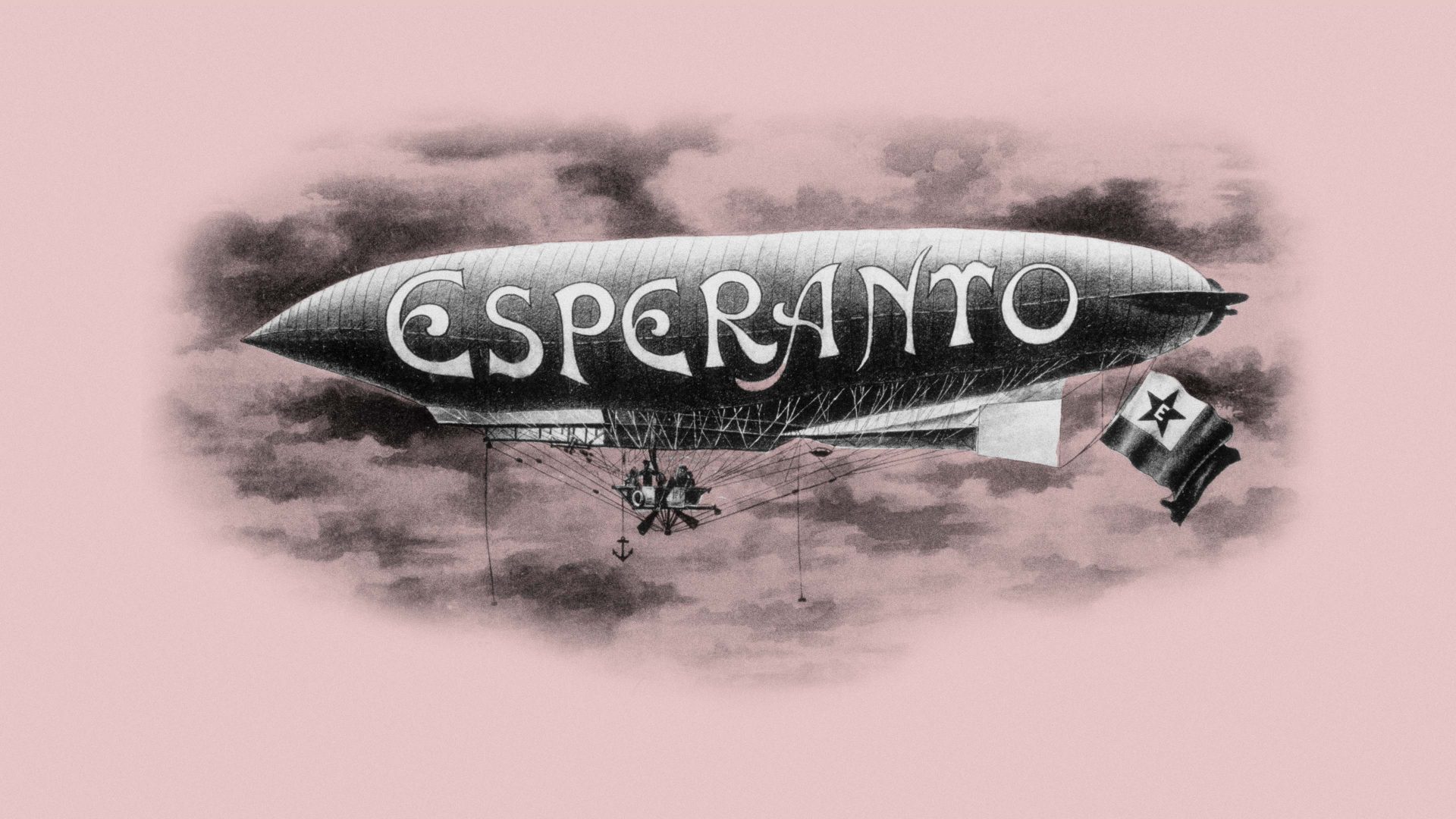I’ll admit it – I’ve never been a great fan of archaeology. I mean, I love the ancient ruins, the tombs, the frescoes and the history. But even though I’m Roman – and maybe because of that – I can’t stand the sensationalism in “great archaeo findings” and “ground-breaking” discoveries that are often nothing exceptional. Actually, they’re sometimes boring, just an occasion for experts to blah-blah-blah.
Italy is packed with hidden treasures. If I started digging in my back yard I’d probably hit an ancient Etruscan tomb. So when world media started getting excited about a new fresco that allegedly showed an ancient forerunner of the pizza, I said to myself: “che palle” – balls.
But then I got curious and took a long look at pictures of this alleged ancient pizza. The fresco shows a typical “eating motif” common to ancient wall paintings. There are plates, a glass – likely full of wine mixed with honey – scattered food, fruits, seeds, cheese, and other ancient food.
On the left corner there was what appeared to be a round platter or thick dish, with more dried fruit (perhaps also a split pomegranate?) on top of it. That’s the alleged “pizza ancestor”. People may see whatever they want in a painting. But in my view that’s no pizza.
I dug into my university history books and found a few notes I had taken during my “food archaeology” lessons. That painted “pizza” could well have been just a plain flatbread, which has been around since the dawn of time and is no news; or a heavy terracotta dish used to serve nibbles, dried fruits and cakes. The food, or whatever elements were scattered on it, were placed randomly and unevenly, as if for the eaters to pick at.
Later that same day Giorgio Franchetti, a historian with a deep knowledge of ancient Roman food, texted me with his own doubts, which only made me more sceptical about the pizza “discovery”.
“That’s nonsense,” he said. “The fresco simply depicts a classical, Pompeii-style ‘natura morta’ scene, a still life of figs, pomegranate and dates, a kind of fresco always found in Roman mansions. And that is no pizza: it’s a big, heavy plate made of wood or terracotta, or a flatbread,” he said. He was irritated about all the noise.
Franchetti tells me that the Latin poet Virgil, who lived and died prior to the Vesuvius eruption that destroyed Pompeii, often wrote about flatbreads, called “mensae”, which were commonly eaten before leavened loaves became popular.
I also rang an old Neapolitan pizzaiolo named Gennaro, now retired, to ask him about the origins of pizza. He reckons the “ancient pizza” is nothing of the kind. He tells me that the term “pizza” first appeared in Naples in the 1600s, when flatbreads started being topped with little fish, basil, cheese, black pepper and lard.
“Back then we had no pummarola ’ncoppa (tomato topping),” adds Gennaro with that typical Neapolitan twang. What few people realise is that tomato sauce, the iconic ingredient of pizza and pasta, is not Italian in origin, but American. Tomatoes were only added to Italian cuisine after Europeans brought them back across the Atlantic.
I hung up the phone and laughed. It hit me that the groundbreaking news would have been finding an ancient fresco of a Margherita with melting buffalo mozzarella cheese and tomato sauce. That would have meant the Romans reached America way before 1492. Now that would be a real scoop.




